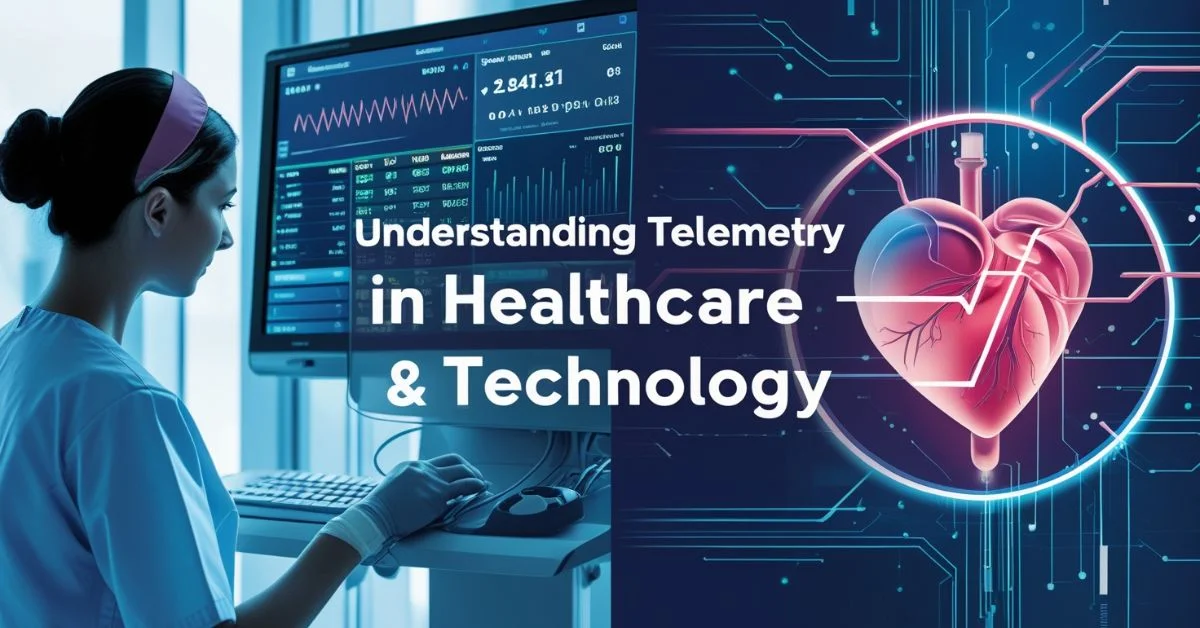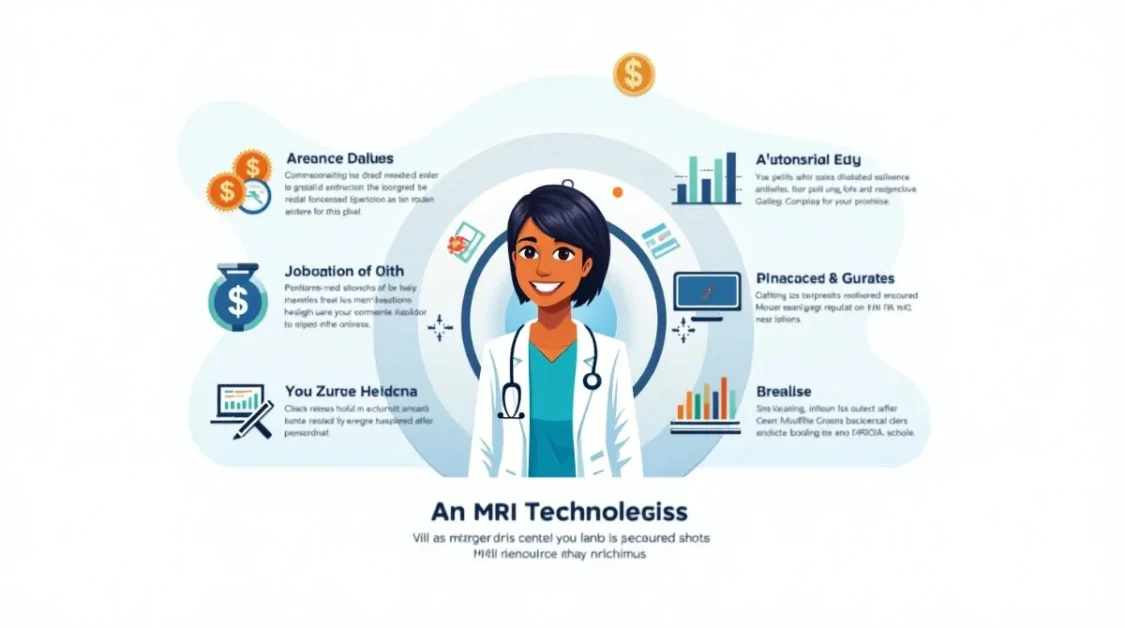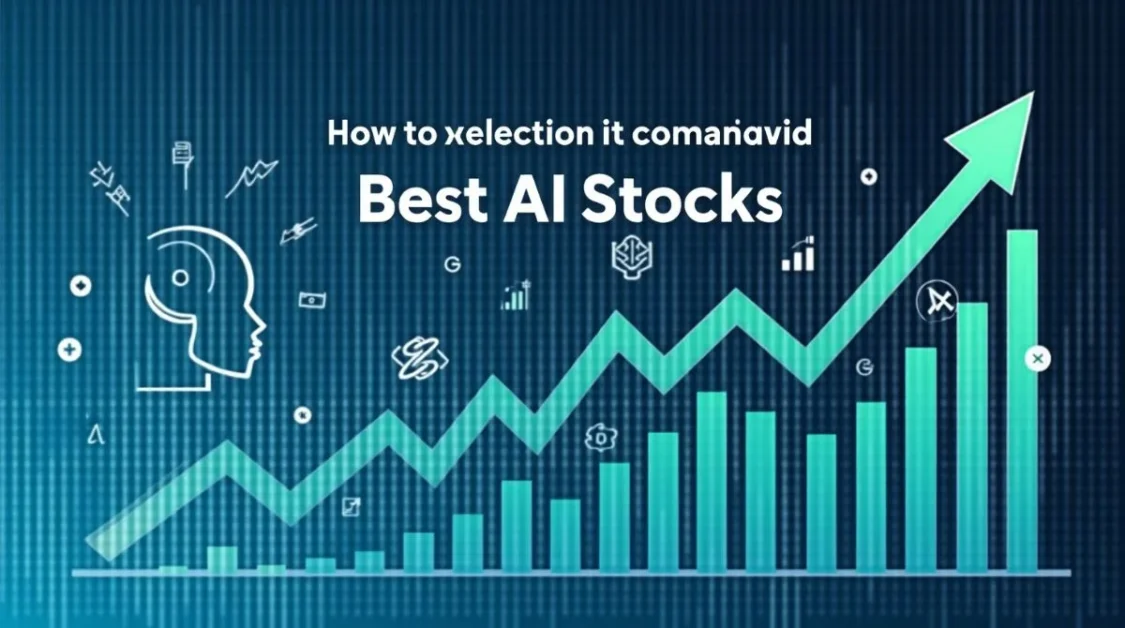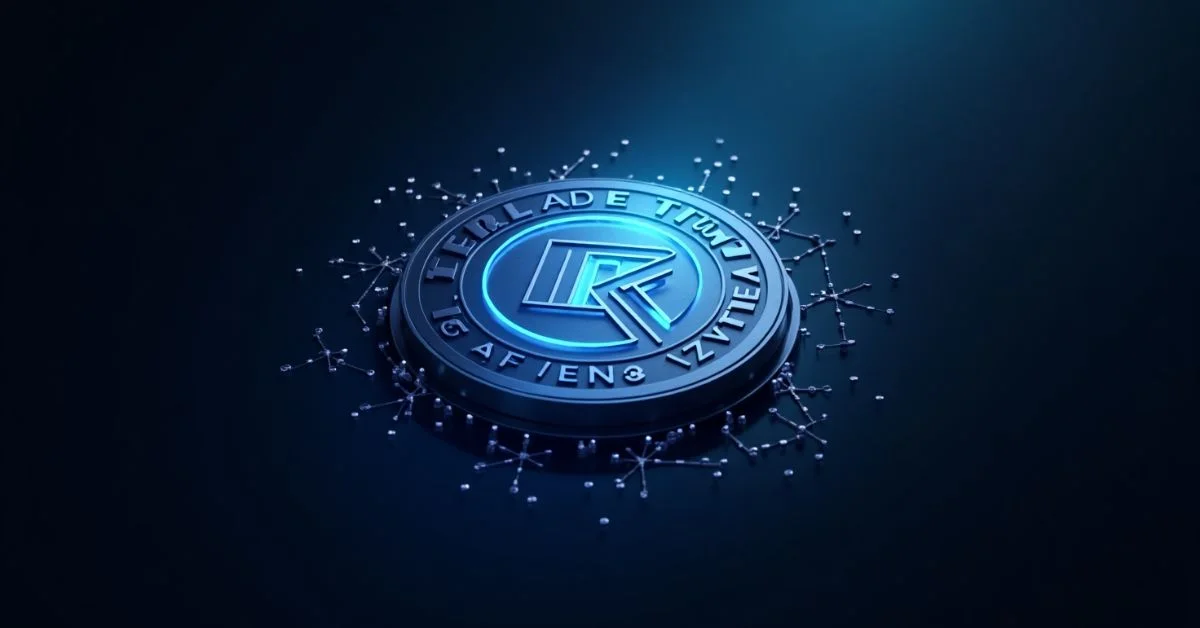Telemetry is an essential technology that enables remote monitoring and data transmission. It’s widely used in both healthcare and technology sectors to enhance decision making, improve efficiency, and ensure timely interventions. Whether it’s monitoring a patient’s heart rate or checking system performance in IT infrastructure, telemetry plays a vital role.
What is Telemetry?
The process of automatically gathering data from distant sources and sending it to receiving systems for analysis and monitoring is known as telemetry. The key advantage of telemetry is that it allows real-time observation without the need to be physically present.
Telemetry in Healthcare
1. Medical Applications
In the medical industry, telemetry is crucial for tracking vital signs including heart rate, respiration, and blood pressure. Patients in hospitals are often connected to telemetry devices that send continuous data to monitoring stations, allowing medical professionals to respond swiftly to changes.
2. Cardiac Monitoring
One of the most important applications is in telemetry cardiac units. These units are designed to track heart rhythms in real time. Any abnormalities like arrhythmias are detected early, enabling quicker interventions and improved outcomes.
3. Role in Nursing
Telemetry nursing focuses on interpreting data and providing timely care. Nurses in telemetry units observe continuous streams of data to ensure patient safety and adjust treatments as needed. This system is particularly beneficial for patients with serious conditions who need close observation.
Key Features of a Telemetry Unit
| Feature | Description |
| Real-Time Monitoring | Telemetry systems continuously capture and transmit data such as heart rate, oxygen levels, and respiration. This allows healthcare providers to observe patients 24/7 without being physically present at the bedside. Immediate visibility into vital signs enables faster response to any medical emergencies. |
| Alert System | The built-in alert mechanism notifies staff instantly if a patient’s vital signs move outside the safe range. This could include irregular heart rhythms, a sudden drop in oxygen, or abnormal blood pressure. Early alerts help prevent medical complications and support rapid intervention. |
| Data Storage | Telemetry units store patient data securely, allowing caregivers to review historical trends. This facilitates precise diagnosis, long-term monitoring, and therapy planning. It also aids in compliance with healthcare documentation standards. |
| Mobility | Wireless telemetry devices give patients the freedom to move around while still being monitored. This is especially beneficial in step-down or recovery units, where patients may not be bedridden but still require continuous observation. Mobility improves comfort and can accelerate recovery. |
These features allow healthcare providers to monitor several patients simultaneously, improving response time and patient outcomes.
Telemetry Devices and Use Cases
- Wearable Devices: Used by patients to monitor metrics like pulse, temperature, and activity levels.
- Implantable Devices: Often used in cardiology to provide ongoing data from within the body.
- Central Monitoring Systems: These receive and process data from multiple telemetry sources within a hospital.
Telemetry in Technology
Telemetry is not limited to healthcare. It’s also widely used in software and IT infrastructure. Telemetry software collects data on system performance, detects errors, and triggers alerts for anomalies.
Common Uses in Tech
- Monitoring server uptime
- Identifying application errors
- Managing bandwidth and traffic
- Enhancing cybersecurity by identifying threats early
Telemetry data enables companies to fix issues before users are affected, leading to smoother operations and better customer experiences.
Benefits of Telemetry
- Timely Responses: Enables immediate action during critical events
- Operational Efficiency: Reduces need for manual checks
- Predictive Insights: Anticipates failures and minimizes downtime
- Accurate Records: Stores data for analysis and compliance
These advantages are why telemetry is now considered indispensable in many sectors.
Challenges in Using Telemetry
- Data privacy: It’s crucial to protect sensitive data, particularly in the healthcare industry.
- Integration: Systems need to be compatible with telemetry devices
- Training: Staff must be educated on how to interpret telemetry data accurately
Despite these hurdles, proper planning and implementation can make telemetry systems highly effective.
Choosing the Right Telemetry System
When selecting a telemetry solution, it’s important to look for:
- System Compatibility: Should integrate with existing infrastructure
- Security Measures: Must follow data protection standards
- Ease of Use: Should be intuitive for medical or technical staff
- Support and Maintenance: Ongoing service is essential
Future of Telemetry
Telemetry is expected to grow with advancements in IoT (Internet of Things) and artificial intelligence. Telemetry data can be used for predictive analytics to anticipate problems in the IT and healthcare industries.
For example, AI can analyze patterns in telemetry data to foresee equipment failure or detect early symptoms in patients.
Conclusion
Telemetry is transforming how we monitor, analyze, and respond across healthcare and technology. It ensures patient safety through real-time updates and timely alertsite lowers IT downtime and improves system reliability. Despite challenges like data security and system integration, its advantages far outweigh the drawbacks. As technology evolves, telemetry will only become more integral to smarter, faster, and more efficient operations.










